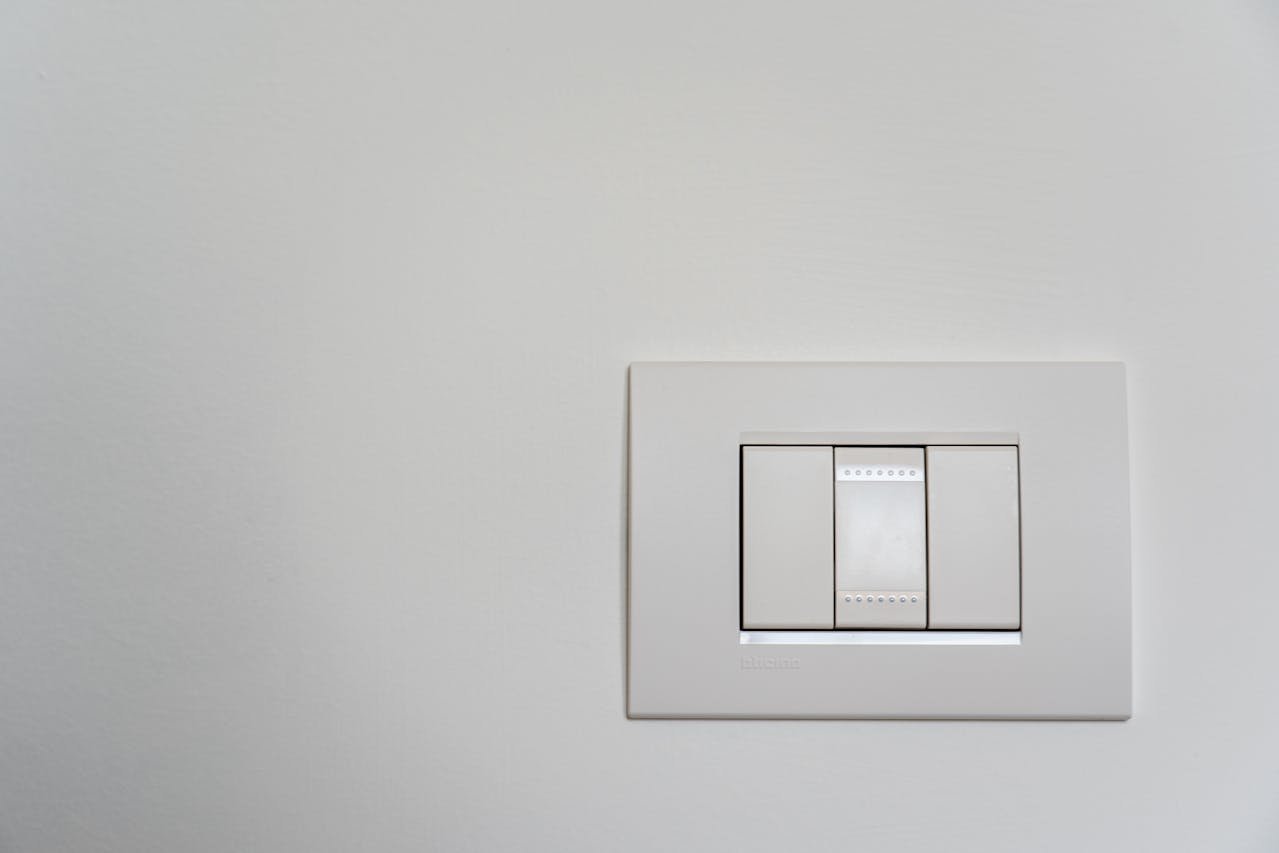
🔍 We now know how humans turned ideas into signals, using dots, dashes, and electricity.
Now comes the big step:
Can a machine remember a message? Can it decide something?
Let’s explore how humans used binary thinking to build machines that think.
🧠 Memory Using Wires
Early inventors used electrical switches—like light switches.
If the switch was:
-
OFF = 0
-
ON = 1
Now a wire could store a signal. You could make a machine that remembers whether something was ON or OFF.
That was the first memory!
⚙️ Making Choices with Switches
But switches can do more than store. They can also decide.
Inventors like George Boole showed that you can build logic using only ON/OFF switches:
-
AND: Two switches must be ON to turn on the light.
-
OR: One switch is enough to turn it on.
-
NOT: If the switch is OFF, the light is ON.
This sounds simple—but it’s how all modern computers make decisions.
🧩 From Switches to Machines
Using these ideas, engineers built logic machines.
They could:
-
Add numbers
-
Compare values
-
Run simple programs
Every decision your computer makes today—every game, app, photo—is made using these kinds of switch rules.

🚀 Why This Changes Everything
Once machines could remember and decide, we didn’t just have codes anymore. We had thinking machines.
The rest—radios, TVs, phones, computers, rockets—all grew from this idea:
👉 Turn everything into ON and OFF. Store it. Decide with it. Repeat.
And that’s how we got the computer age.